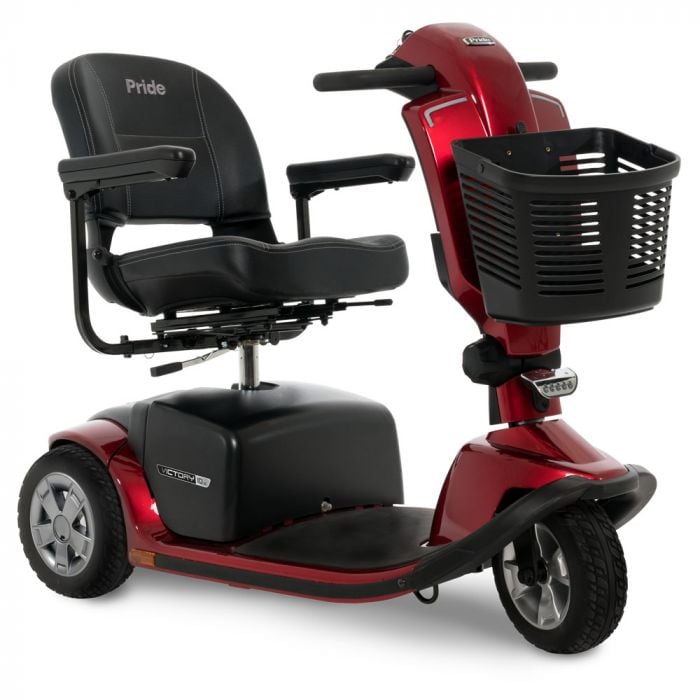1. Electric mobility scooter
Electric mobility scooters are seeing a boom in popularity due to the ease with which users can operate the scooters and the convenience with which they can be carried. These scooters, which are propelled by electric motors, are designed to be of assistance to those who have mobility issues and need assistance getting about. People who have trouble walking over long distances or who just wish to be able to leave the home without having to worry about where they are going may benefit significantly from making use of one of these gadgets.
2. Gas-powered mobility scooter
Mobility scooters that run on gasoline are quite similar to electric mobility scooters; the primary difference between the two types of mobility scooters is that gasoline rather than electricity is utilised as the fuel source. These vehicles are often larger than electric scooters, and they provide more power as well as torque as a result of their larger sizes.
3. Manual mobility scooter
Mobility scooters that are powered by gas or electricity also come in a manual variant, which is known as a manual mobility scooter. They need the user to propel oneself forward with their legs to utilise them. They are not advised for use by anybody over the age of 50 due to their significantly reduced size in comparison to both electric and gas-powered scooters.
4. Self-balancing mobility scooter
Mobility scooters that can balance themselves while going ahead are called self-balancing scooters. These are self-propelled gadgets. Users who have problems standing up straight will find them to be quite beneficial since they are controlled by a joystick.
5. Powered mobility scooter
Mobility scooters that are powered by an electric motor are referred to as powered mobility scooters. They are comparable to scooters that are propelled by hand, but they contain engines that enable them to go both quicker and farther.

 1-833-207-3433
1-833-207-3433
